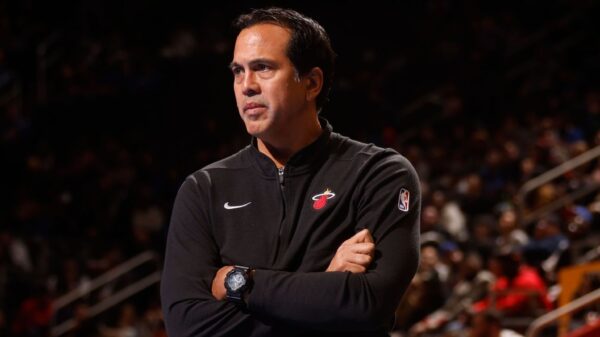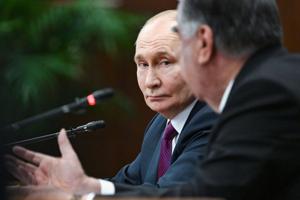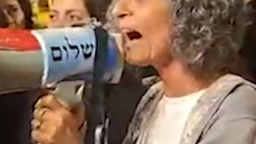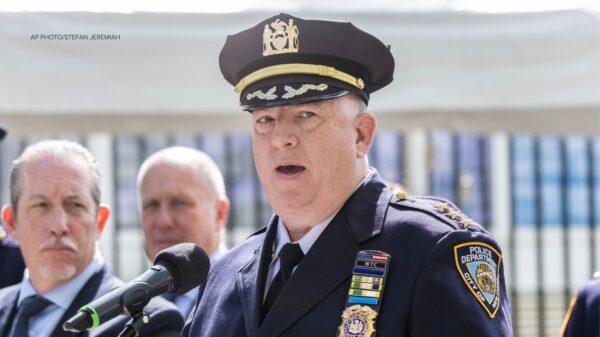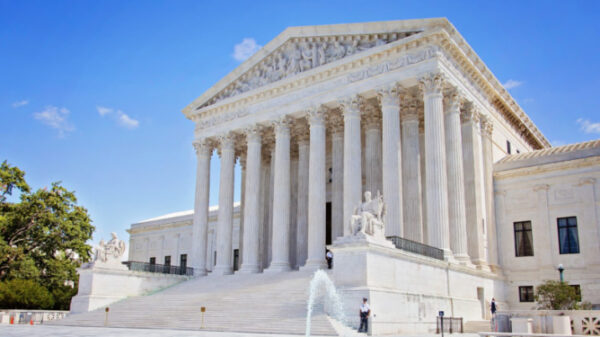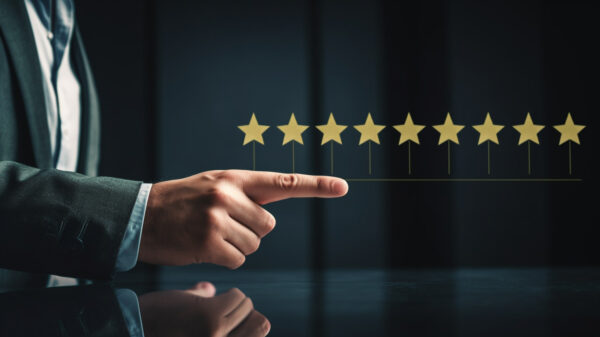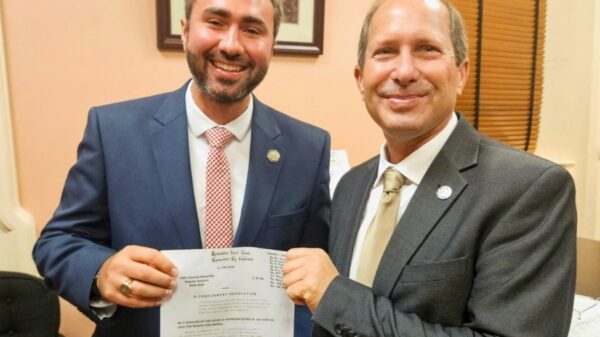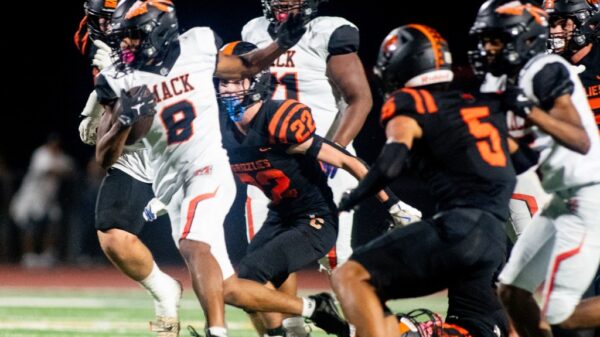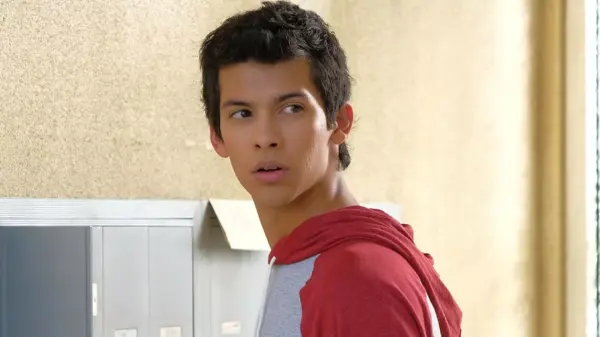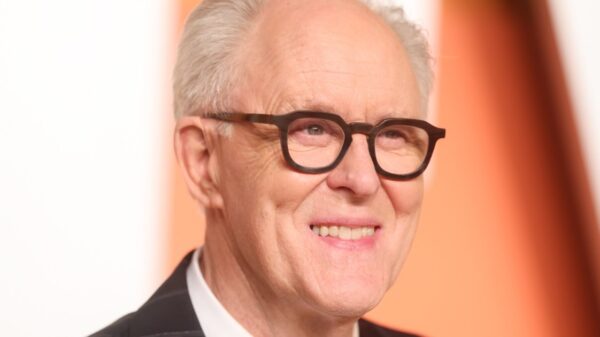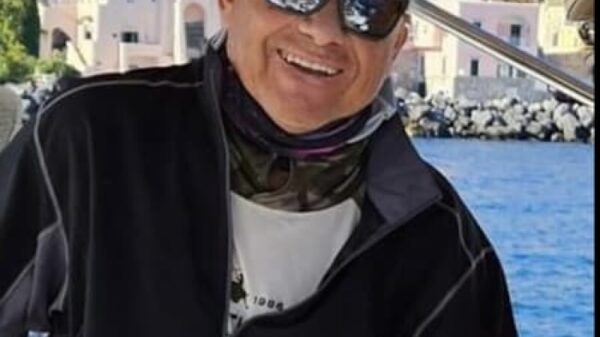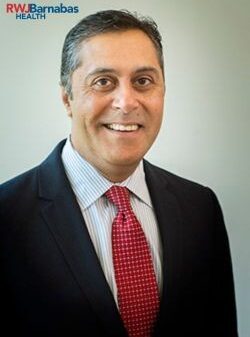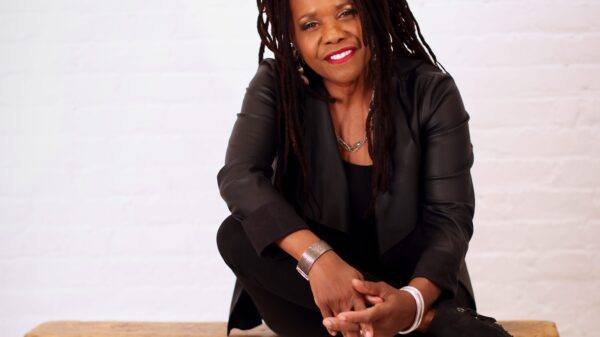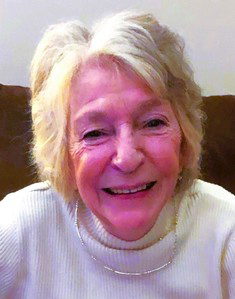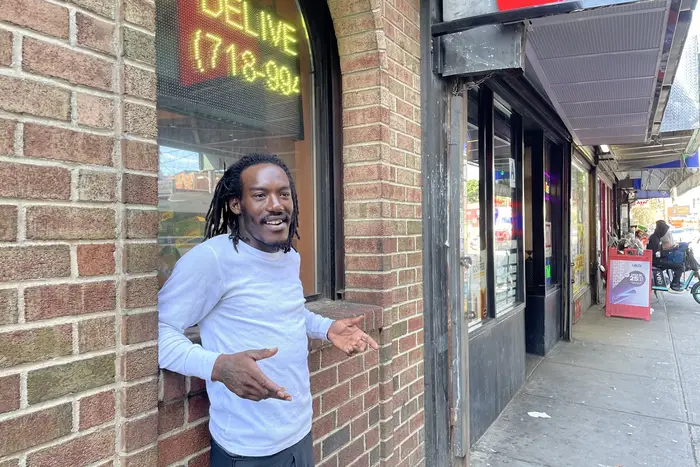As the mayoral election in New York City approaches, residents in neighborhoods that previously supported Mayor Eric Adams are shifting their stance on public safety. Many are now advocating for a greater focus on mental health solutions, distancing themselves from the increased policing that characterized Adams’s initial campaign.
Gothamist conducted interviews in five neighborhoods across Brooklyn, Queens, Manhattan, and the Bronx, areas where Adams, a former NYPD officer, won by substantial margins in the 2021 election. Despite a general decline in crime citywide, certain categories of major crime have risen this year, prompting residents to reevaluate their views on police involvement in mental health crises.
In conversations with over two dozen local residents, a significant consensus emerged: support for Zohran Mamdani, the Democratic front-runner, and his proposals to reallocate police resources. Mamdani advocates for police to concentrate on serious crime while allowing clinicians to manage mental health emergencies, particularly where the risk of violence is low. This shift aligns with a growing recognition among New Yorkers of the complexities surrounding mental health issues in their communities.
Public safety remains a pressing concern, with recent polling indicating that many New Yorkers perceive a mental health crisis. Despite varying opinions on the upcoming mayoral candidates, most interviewees expressed skepticism about the police’s ability to effectively handle mental health cases. “Asking social workers to tackle more mental health calls instead would be a whole lot better,” said Naomi Hall from Coney Island. “You shouldn’t have to shoot someone with mental issues.”
Mamdani’s mental health plan, although ambitious, has garnered considerable support from voters in neighborhoods such as East New York, Coney Island, Rochdale Village, Wakefield, and East Harlem. Even those planning to vote for former Governor Andrew Cuomo or stay home expressed favor for policies like Mamdani’s, emphasizing the need for police to focus on dangerous crimes instead.
Adams, who campaigned on a pro-law enforcement platform, suspended his current re-election campaign in late September. Both Cuomo and Republican nominee Curtis Sliwa have promised to increase police numbers dramatically if elected. In contrast, Mamdani’s approach would maintain the current NYPD force of 35,000 officers while establishing a new Department of Community Safety. This department would coordinate city responses to mental health and homelessness calls and would be funded with over $1 billion from existing revenues and proposed taxes on affluent citizens and corporations, pending state approval.
Mamdani articulated his vision in a campaign video, stating, “Police have a critical role to play, but right now we’re relying on them to deal with the failures of our social safety net, which is preventing them from doing their actual jobs.” He emphasized that a comprehensive approach to mental health could alleviate pressure on law enforcement and enhance public safety.
Though the city has deployed mental health teams for some 911 calls, Mamdani’s proposal remains largely untested on a large scale. Bronx resident Tanasia Brown reflected on the need for trained professionals, stating, “I feel like adding more NYPD officers probably won’t really solve anything.” She highlighted the importance of a response team that can effectively manage mental health crises without escalating situations.
Mamdani aims to expand the city’s B-HEARD pilot program, which dispatches mental health professionals to specific calls. He proposes including peer counselors in every response team and extending the program citywide. Despite evidence that these teams are addressing more mental health emergencies, police still manage the majority of such cases.
While many New Yorkers favor increasing mental health resources, challenges remain. Jeff Coots, a public health professor at John Jay College of Criminal Justice, noted that a lack of public mental health workers could hinder implementation. “These types of plans run into the grinder if you can’t staff the program that you’ve designed,” he explained.
The Police Benevolent Association’s president, Patrick Hendry, argued that reassigning mental health calls would not significantly reduce officers’ workloads. He highlighted staffing shortages within the NYPD as a critical issue, noting, “We’re still losing more than 300 cops every month to resignation and retirement.”
Despite competing proposals from Cuomo and Sliwa to bolster police ranks, experts suggest that increasing officer numbers does not guarantee enhanced public safety. Research from the civic group Vital City found that crime rates fell even as the number of uniformed officers decreased in prior years. “More important is where those officers are deployed and what they are asked to do,” said John Hall, a report author and former NYPD executive.
In conversations across neighborhoods, many New Yorkers, previously unaware of Mamdani’s mental health initiatives, expressed newfound support for his approach. “I would take [Mamdani] because he’s helping more of the mental state of this community,” said Abzal Amate, a Rochdale Village resident.
As the election date approaches, the dialogue surrounding mental health and public safety continues to evolve. Many residents express hope for a system that prioritizes mental health care over traditional law enforcement methods, reflecting a broader understanding of the issues at hand.


